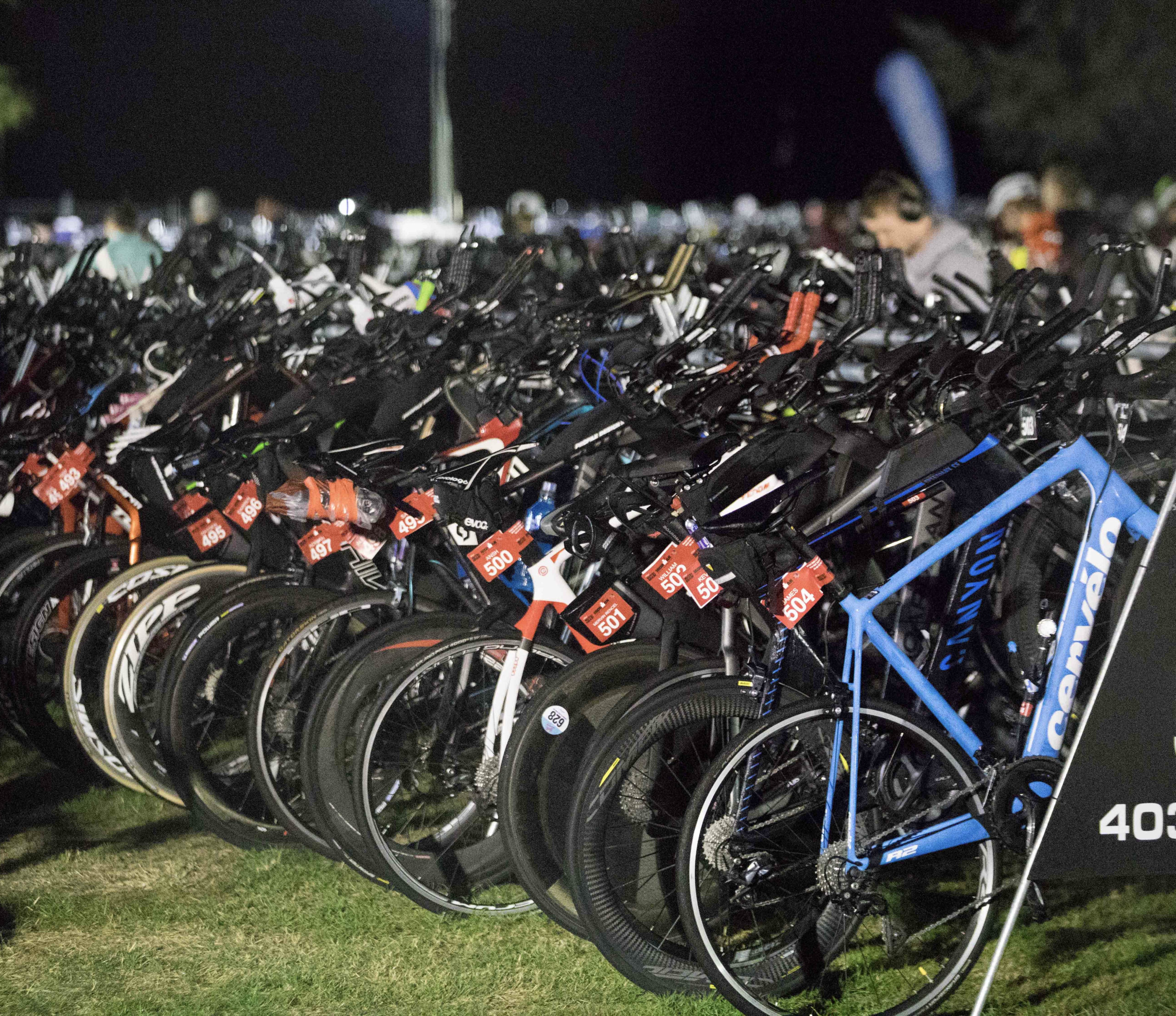Understanding Heart Rate Zones: A Practical Guide for Endurance Athletes
Monitoring your heart rate is one of the most effective tools for structuring training, enhancing fitness, and improving endurance performance. Once you understand the different heart rate zones and how they relate to your body’s energy systems, you can train with greater purpose and efficiency.
That said, heart rate training can seem complicated due to the array of technical terms and concepts. This article will help demystify the science and give you a practical foundation for applying heart rate zone training to your endurance program.
Aerobic vs. Anaerobic Thresholds: The Basics
Before diving into heart rate zones, it’s important to understand the two primary energy systems that fuel movement:
- Aerobic System: Uses oxygen to burn fat and carbohydrates for energy. It’s the dominant system at lower intensities (Zones 1–2).
- Anaerobic System: Kicks in when oxygen isn’t sufficient to meet energy demands. It primarily uses carbohydrates for fast energy during higher-intensity efforts (Zones 4–5).
Between these systems are two critical metabolic markers:
- Aerobic Threshold (AeT): The upper limit of Zone 2, where the body burns fat and carbs at a roughly equal rate. Training at or just below this point is highly effective for building aerobic capacity.
- Anaerobic Threshold (AnT): The upper limit of Zone 4, where lactate begins to accumulate rapidly. This is a performance-defining threshold that can typically be sustained for about an hour.
Training Zones Explained
Here’s how your heart rate zones relate to energy systems and performance outcomes:
- Zone 1 (Very Easy)
- Light movement or recovery pace
- Primarily burns fat
- Builds general endurance and aids recovery
- Zone 2 (Easy to Moderate)
- Efficient aerobic work
- Enhances fat-burning capacity
- Ideal for long-duration sessions
- Zone 3 (Moderate to Hard)
- Aerobic with increasing anaerobic contribution
- Burns mostly carbohydrates
- Can be maintained for longer periods, but not optimal for aerobic or anaerobic development
- Zone 4 (Hard)
- High reliance on carbohydrates
- Elevated lactate production
- Approaches anaerobic threshold; can be sustained for up to an hour
- Zone 5 (Maximal Effort)
- Pure anaerobic effort
- Rapid lactate accumulation
- Short bursts only (seconds to minutes)
Why This Matters
Training in different zones targets different adaptations:
- Zones 1–2 develop the aerobic base, teaching the body to burn fat efficiently and enabling longer training durations with less fatigue.
- Zones 3–5 improve the body’s ability to handle higher intensities, such as hill climbs, tempo surges, or race-day sprints.
Understanding your heart rate zones also informs race pacing, nutrition planning, and recovery strategies, helping you avoid overtraining and maximize performance.
Structuring Your Training: The 80/20 Rule
Endurance expert Matt Fitzgerald popularized the concept of 80/20 training, which recommends:
- 80% of weekly training at lower intensities (Zones 1–2)
- 20% at higher intensities (Zones 3–5)
This approach avoids the common pitfall of spending too much time in Zone 3, which is often too hard for effective aerobic development and not hard enough for meaningful anaerobic gains. Excessive time here can increase fatigue and injury risk while limiting performance progress.
Final Thoughts
Incorporating a variety of intensities into your weekly plan and following the 80/20 rule will make you a more well-rounded and resilient athlete. Building a robust aerobic foundation while strategically introducing higher-intensity sessions will enhance your performance over time.
Want to find your exact aerobic and anaerobic threshold heart rates? Check out our follow-up article on how to set your personal training zones.

